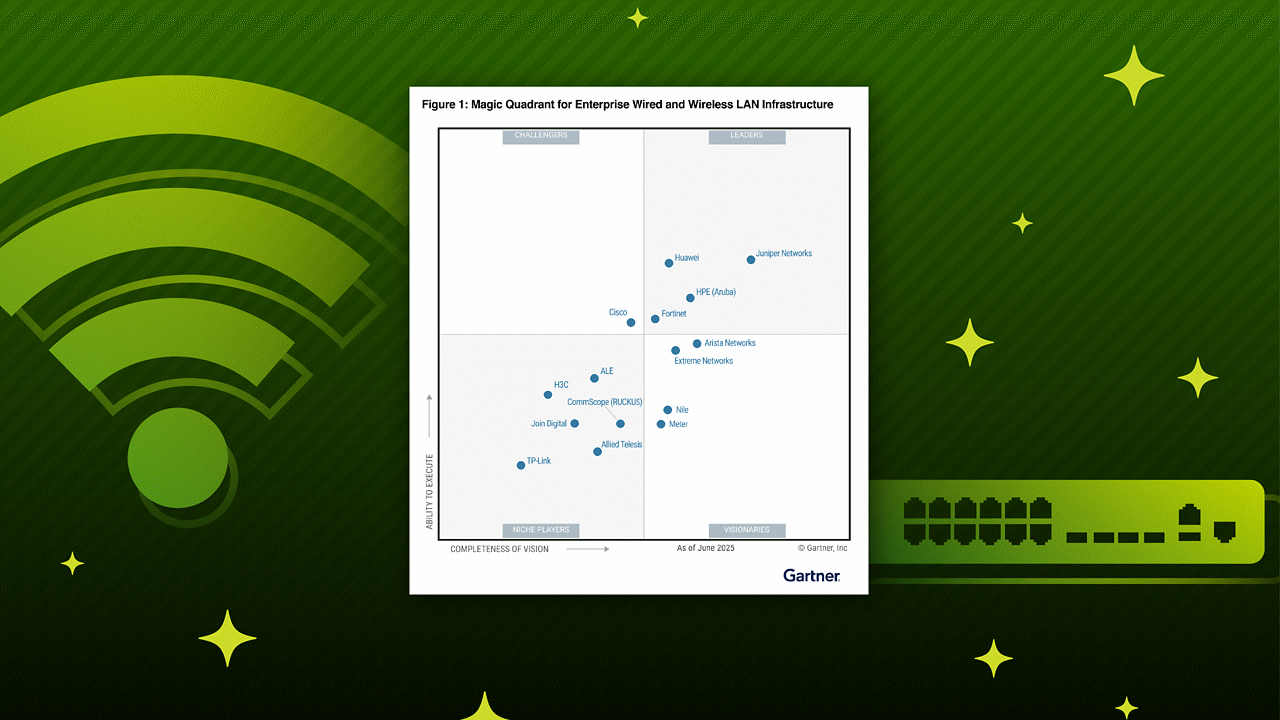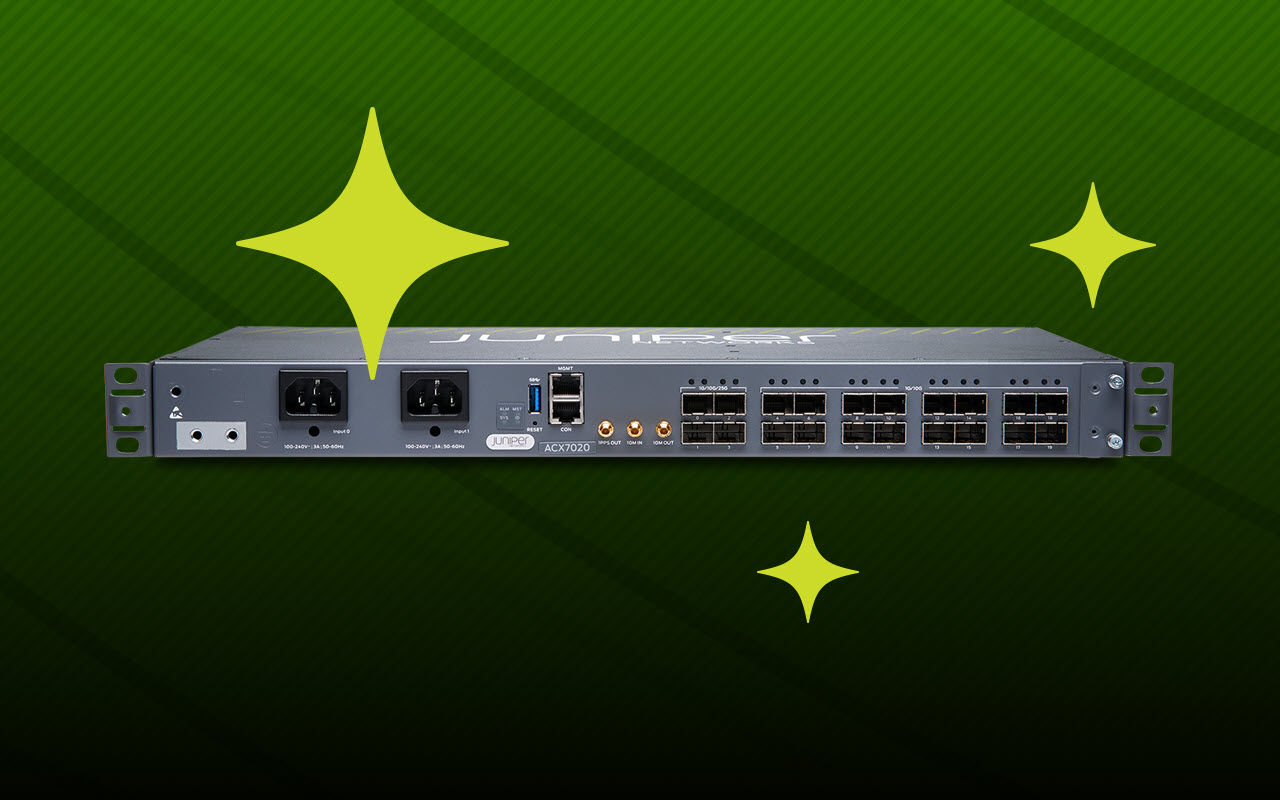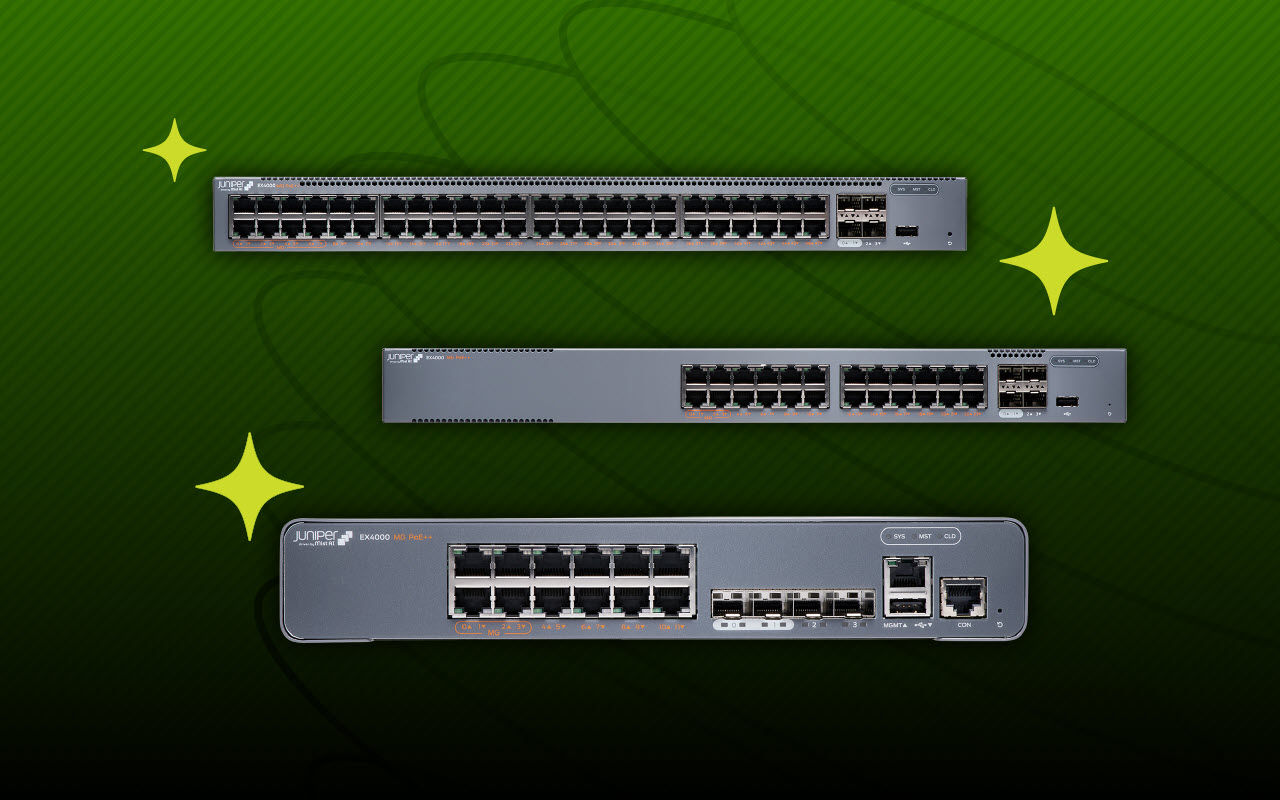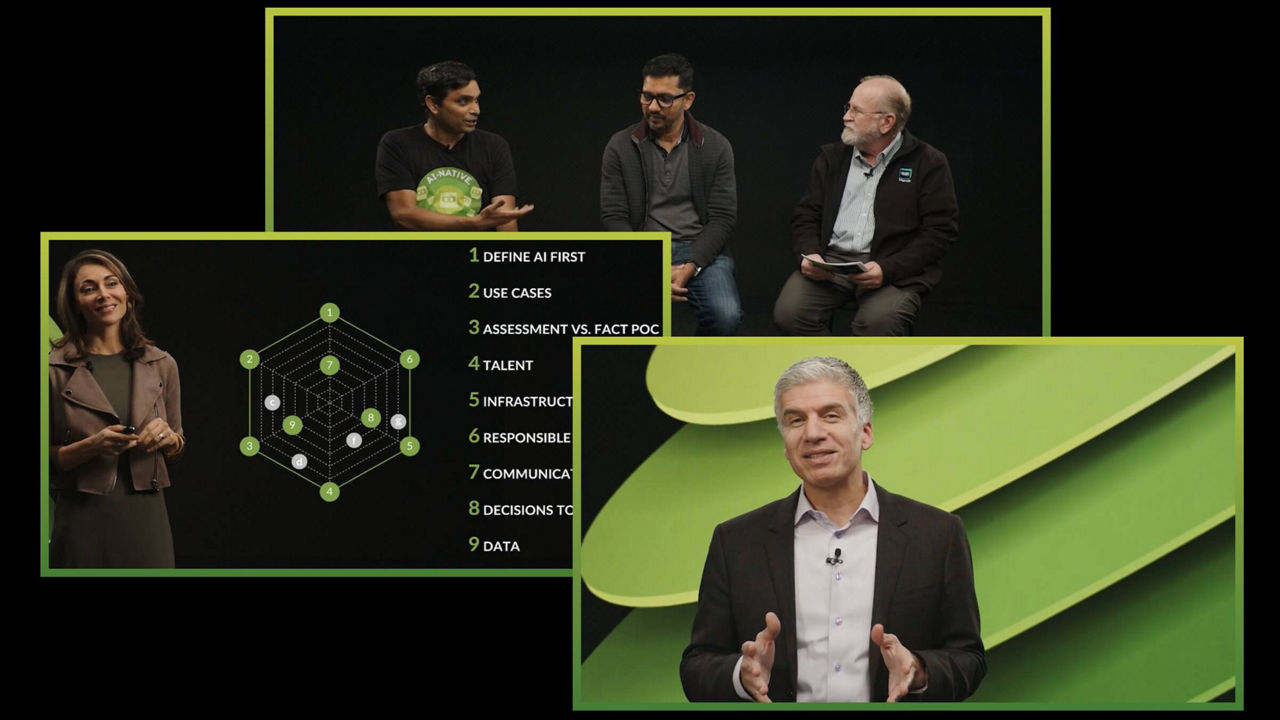Data Center, Specialist (JNCIS-DC)
Earn a specialist-level certification that demonstrates competency with data center technologies and related configuration and troubleshooting skills.
One of four certifications in the Data Center track, the JNCIS-DC, specialist, is designed for data center networking professionals with intermediate knowledge of the Juniper Apstra software and data center devices. During the written exam, you verify your understanding of data center technologies and related platform configuration and troubleshooting skills.
This track includes four certifications:
Exam Preparation
We recommend the following resources to help you prepare for your exam. However, these resources aren't required, and using them doesn't guarantee you'll pass the exam.
Recommended Training
Exam Resources
- Industry/product knowledge
- Juniper TechLibrary
Additional Preparation
Exam Objectives
Here is a high-level view of the skillset required to successfully complete the JNCIS-DC certification exam.
|
Exam Objective |
Description |
|
Data Center Architectures (IP Fabrics, EVPN-VXLAN) |
Describe the concepts, operation, or functionalities of an IP fabric:
Identify the concepts, operation, or functionalities of Ethernet VPN (EVPN):
Identify the concepts, operation, or functionalities of VXLAN:
|
|
Juniper Apstra Architecture |
Identify concepts and general features of Juniper Apstra:
|
|
Apstra Design Phase |
Identify the concepts, operation, or functionalities of components in the Apstra design phase:
Describe how to configure, monitor, or troubleshoot the various components in the Apstra design phase. |
|
Apstra Build and Deploy Phases |
Identify the concepts, operation, or functionalities of components in the Apstra build and deploy phases:
Describe how to configure, monitor, or troubleshoot the various components in the Apstra build and deploy phases. |
|
Blueprint Operations |
Identify the concepts, benefits, applications, or requirements of managing and operating a deployed Apstra blueprint:
Describe how to configure, monitor, or troubleshoot a deployed Apstra blueprint. |
|
Data Center Multitenancy |
Identify the concepts, operation, or functionalities of multitenancy using Apstra:
Describe how to configure, monitor, or troubleshoot multitenancy using Apstra. |
|
Intent-Based Analytics |
Identify the concepts, benefits, applications, or requirements of using Apstra intent-based analytics:
Describe how to configure, monitor, or troubleshoot Apstra intent-based analytics. |
Exam Details
Exam questions are derived from the recommended training and the exam resources listed above. Pass/fail status is available immediately after taking the exam. The exam is only provided in English.
Exam Code
JN0-481
Prerequisite Certification
Delivered by
Exam Length
90 minutes
Exam Type
65 multiple-choice questions
Software Versions
- Apstra 5.1
- Junos v24.4
Recertification
Juniper certifications are valid for three years. For more information, see Recertification.






















